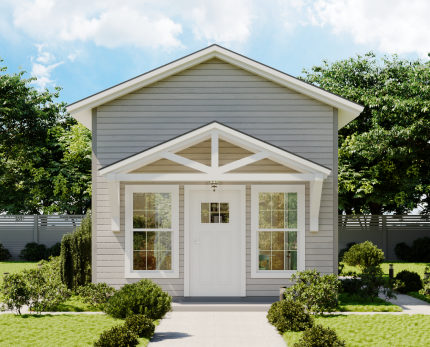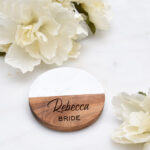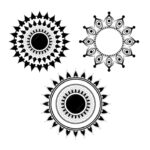In recent years, carriage homes have emerged as a popular trend in modern housing design, offering homeowners a flexible and practical solution to their evolving lifestyle needs. Also known as Accessory Dwelling Units (ADUs) or granny flats, these self-contained living spaces have gained traction for their ability to provide additional housing options while maximizing land use efficiency. In this article, we’ll delve into the factors driving the rise of carriage homes, their various uses, and the impact they’re having on the housing market.
The Appeal of Carriage Homes
Carriage homes appeal to a wide range of homeowners for several reasons. Firstly, they offer a cost-effective way to increase living space without the need for a major renovation or expansion of the primary residence. Additionally, carriage homes provide a flexible living arrangement, allowing homeowners to accommodate guests, family members, or tenants with ease. Whether used as a rental unit, home office, or multi-generational living space, these versatile structures offer a range of benefits for homeowners and occupants alike.
Meeting the Demands of Changing Lifestyles
The growing popularity of carriage homes can be attributed to shifting demographics and lifestyle preferences. As the population ages and family dynamics evolve, there is a growing demand for housing options that accommodate multi-generational living arrangements. Carriage homes provide a solution to this need by offering separate living quarters that allow for privacy and independence while remaining connected to the main residence. Additionally, the rise of remote work and the gig economy has increased the demand for flexible living spaces that can serve as home offices or rental units.
Design Innovation in Carriage Homes
Design innovation plays a crucial role in the popularity of carriage homes, with architects and builders exploring creative solutions to maximize space and functionality. Modern carriage homes often feature open-concept layouts, high-quality finishes, and energy-efficient design elements. Advances in construction techniques and materials have made it easier and more cost-effective to build carriage homes, allowing homeowners to customize their living spaces to suit their needs and preferences.
Sustainable and Eco-Friendly Living
Carriage homes are also gaining traction among environmentally conscious homeowners who are seeking sustainable housing options. These structures can be designed with eco-friendly features such as solar panels, rainwater harvesting systems, and energy-efficient appliances, reducing their environmental footprint and lowering utility costs. By embracing sustainable design principles, carriage homes not only benefit the environment but also contribute to a healthier and more resilient community.
Challenges and Considerations
Despite their many benefits, carriage homes also present challenges and considerations for homeowners and policymakers. Zoning regulations, building codes, and permit requirements vary by jurisdiction and can impact the feasibility and cost of building a carriage home. Additionally, concerns about parking, privacy, and neighborhood character may arise in communities where carriage homes are becoming more prevalent. Addressing these challenges will require collaboration between homeowners, policymakers, and community stakeholders to ensure that carriage homes are integrated thoughtfully and responsibly into residential neighborhoods.
Navigating Regulatory Hurdles
Homeowners interested in building a carriage home should research the zoning laws and building regulations in their area and consult with local authorities to obtain the necessary permits. Working with an experienced architect or builder can help navigate the regulatory process and ensure compliance with all applicable laws. Additionally, homeowners should consider the long-term implications of building a carriage home, including maintenance costs, property taxes, and potential resale value.
Conclusion
Carriage homes, also known as Accessory Dwelling Units (ADUs), represent a growing trend in modern housing design, offering homeowners a flexible and practical solution to their evolving lifestyle needs. Whether used as a rental unit, home office, or multi-generational living space, these versatile structures provide additional housing options while maximizing land use efficiency. By embracing design innovation and sustainable principles, carriage homes have the potential to transform the way we live and work, creating more resilient and vibrant communities for generations to come.














